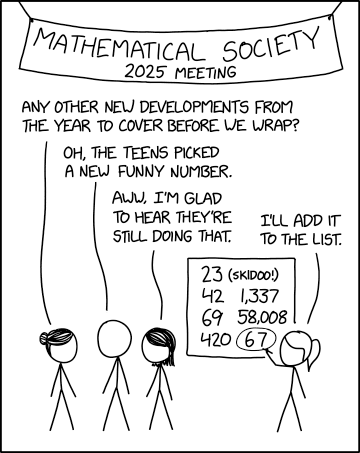1.
Why Were All the Bells in the World Removed? The Forgotten Power of Sound and Frequency (Jamie Freeman).
Church bells: "something strange happened in the 19th and 20th centuries: nearly all of the world’s ancient bells were removed, melted down, or destroyed."
(I don’t know whether that’s true, but go with it for a second.)
Why? Mainstream historians attribute this mass removal to wars and the need for metal, but when you dig deeper, the story doesn’t add up.
An explanation:
Some theorists believe that these bells were part of a Tartarian energy grid, designed to harmonise human consciousness, balance electromagnetic fields, and even generate free energy. Removing the bells would have disrupted this energy network, cutting us off from an ancient technology we no longer understand.
Tartarian?
Tartarian Empire (Wikipedia):
Tartary, or Tartaria, is a historical name for Central Asia and Siberia. Conspiracy theories assert that Tartary, or the Tartarian Empire, was a lost civilization with advanced technology and culture.
2.
Risky Wealth: Would You Dare to Open the Mysterious Sealed Door of Padmanabhaswamy Temple? (Ancient Origins).
"The Padmanabhaswamy Temple is a Hindu temple situated in Thiruvananthapuram, Kerala, a province on the southwestern coast of India."
It has a mysterious Vault B with an as-yet-unopened sealed door.
One of the legends surrounding Vault B is that it is impossible at present to open its door. It has been claimed that the door of the vault is magically sealed by sound waves from a secret chant that is now lost. In addition, it is claimed that only a holy man with the knowledge of this chant would be capable of opening the vault’s door.
Maybe the chant was intended to tap Tartarian energies.
3.
Claims that former US military project is being used to manipulate the weather are “nonsense” (RMIT University).
HAARP is a US research program that uses radio waves to study the ionosphere (Earth’s upper atmosphere) and cannot manipulate weather systems.
PREVIOUSLY:
Artificial weather as a military technology (2020), discussing a 1996 study from the US military, "Weather as a Force Multiplier: Owning the Weather in 2025."
4.
What conspiracy theorists get right (Reasonable People #42, Tom Stafford).
Stafford lists 4 “epistemic virtues” of conspiracy theorists:
- "Listening to other people"
- "A healthy skepticism towards state power"
- "Being sensitive to hidden coalitions"
- "Willing to believe the absurd"
As traits in a search for new truths, these are good qualities!
Where is goes wrong is "the vices of conspiracy theory seem only to be the virtues carried to excess."
Let’s try to keep the right side of the line folks.



